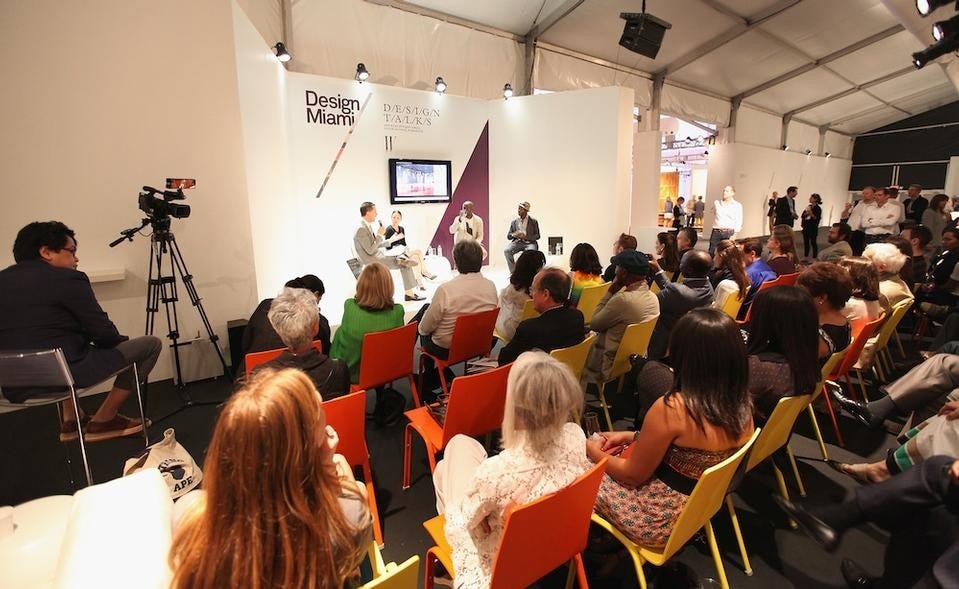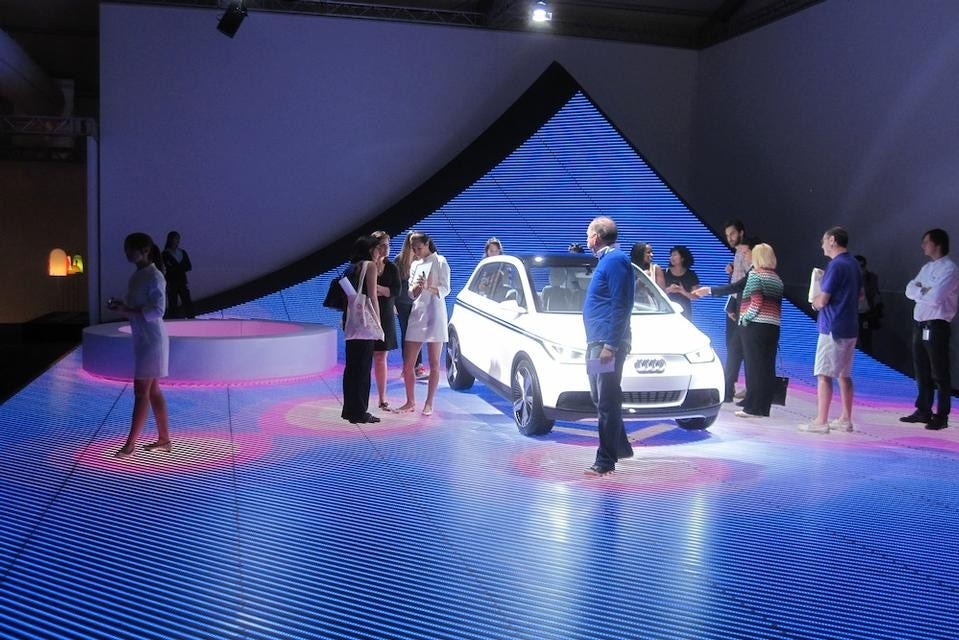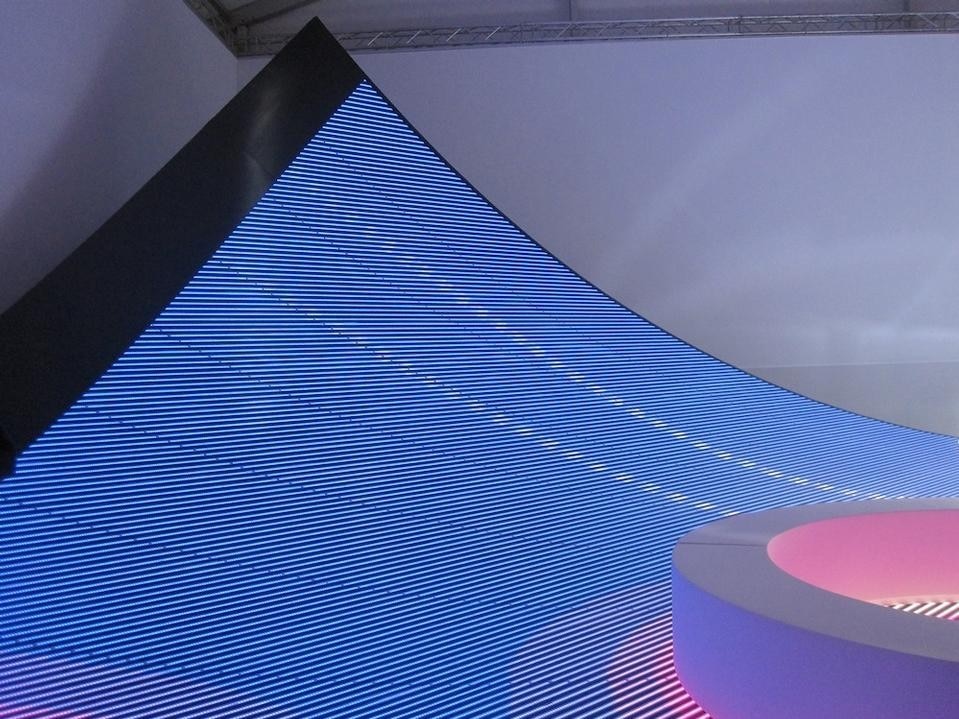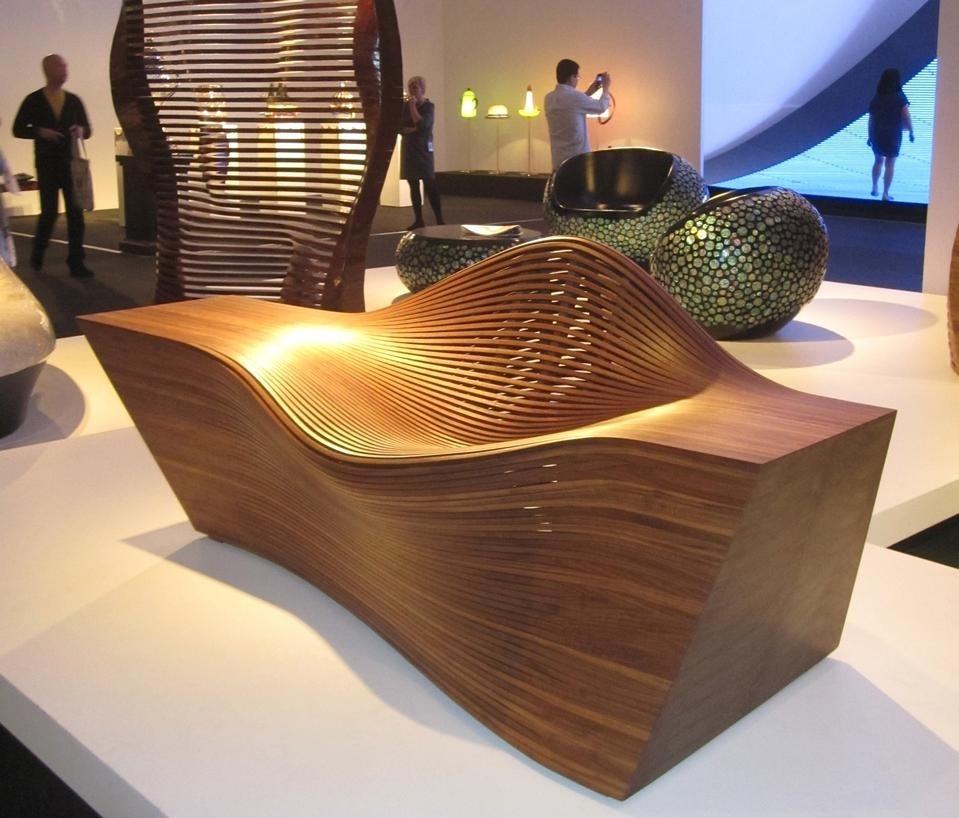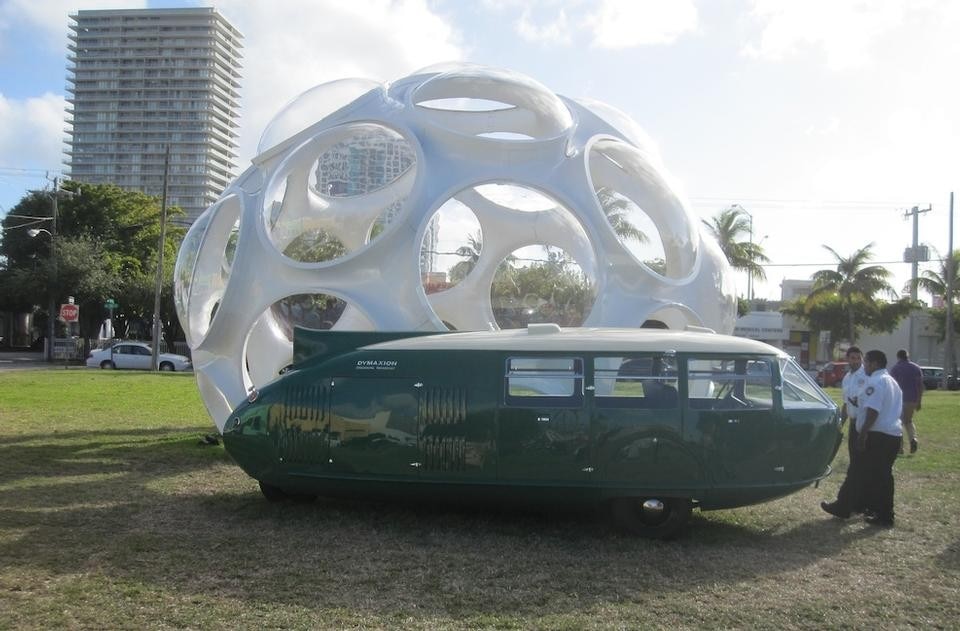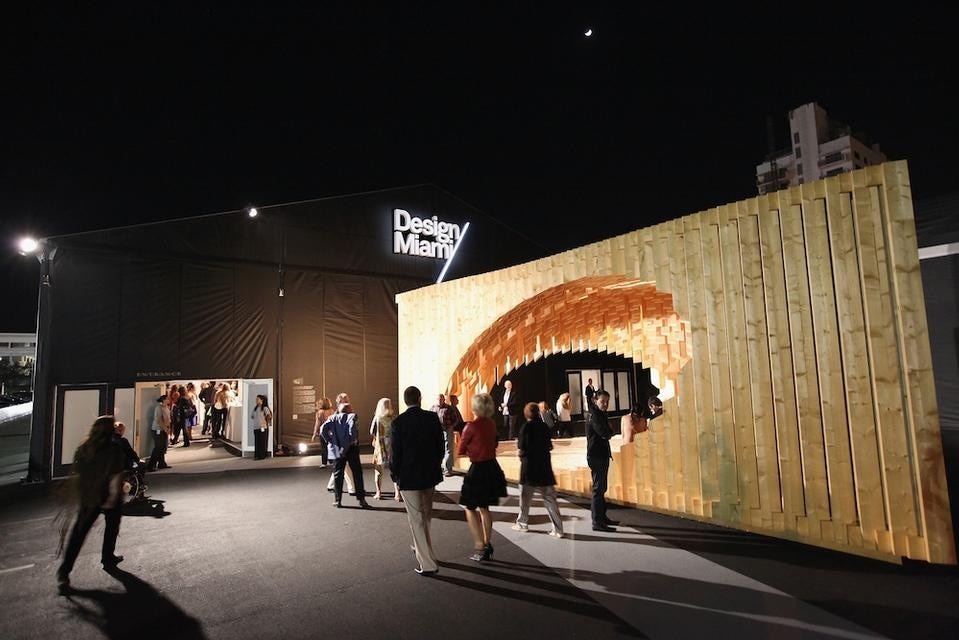The fair has since left the Design District, to occupy a site in Miami Beach adjacent to Art Basel. David Adjaye, who was awarded the stately title of 2011 Designer of the Year by Design Miami this September, used the commission that comes with the award to construct a pavilion at the entrance to the fair. The structure, named Genesis, is a triangular shelter, with an ovoidal interior, made of standard wooden planks that are digitally cut. The process of digital cutting, making every piece slightly different, with total precision, created a womb-like interior out of standard wood forms.
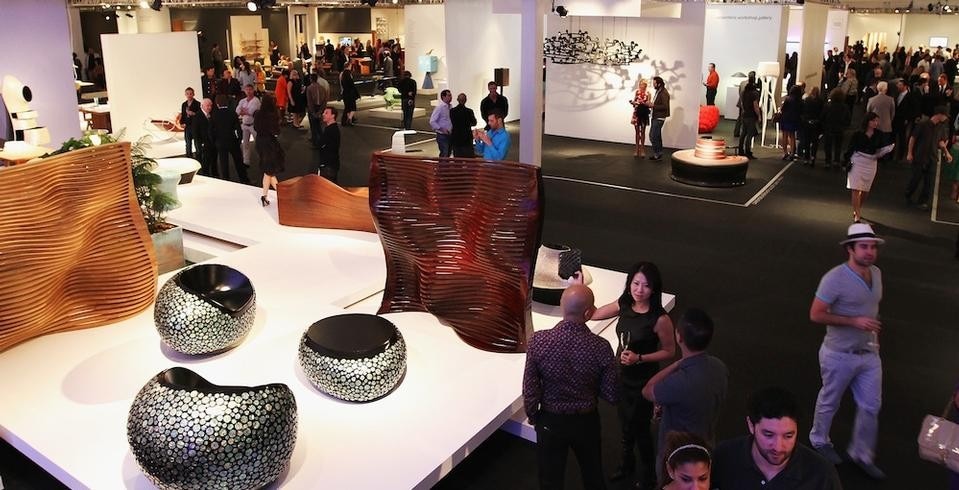
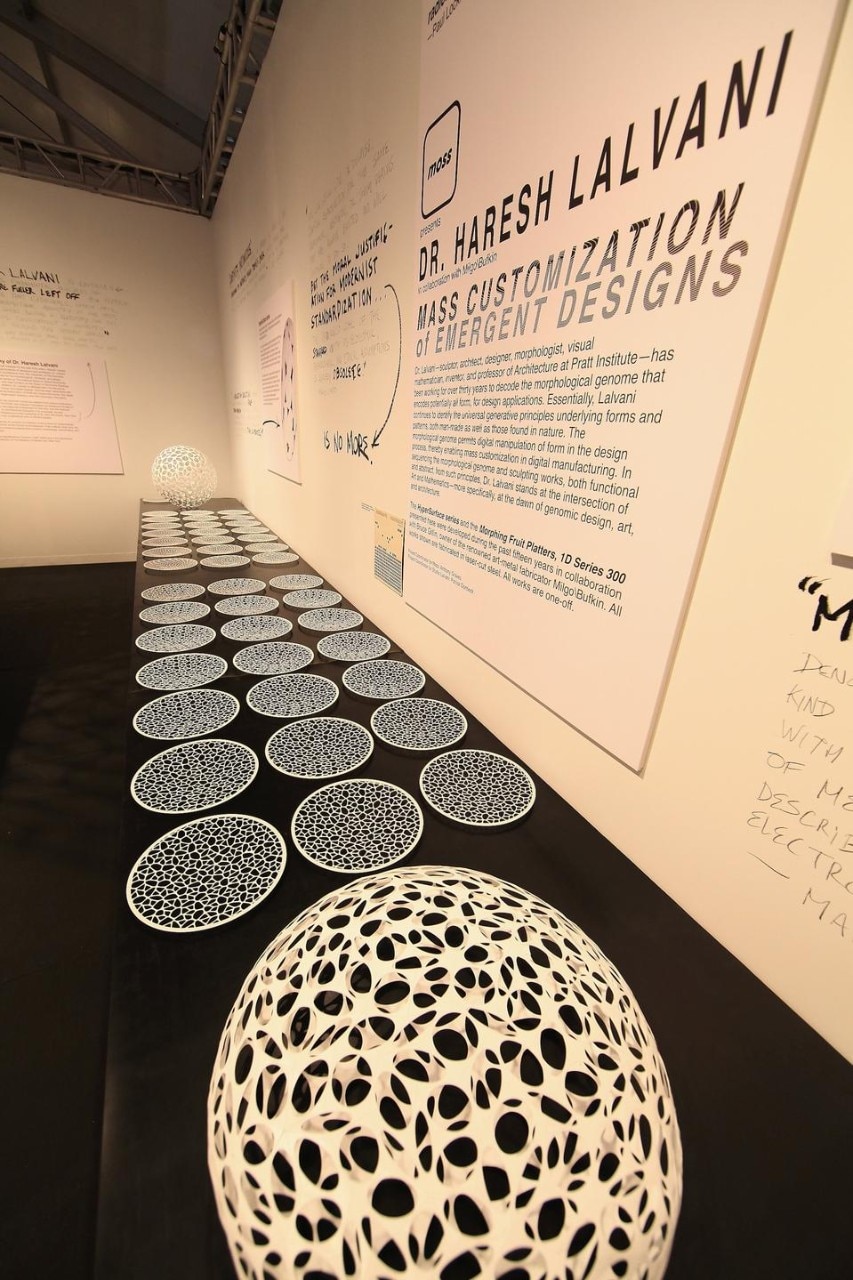
The fair’s selectivity brings the question of good design to some curious conclusions.
